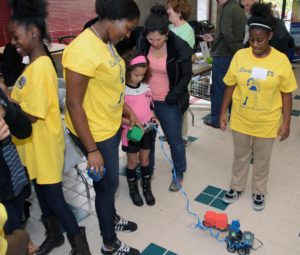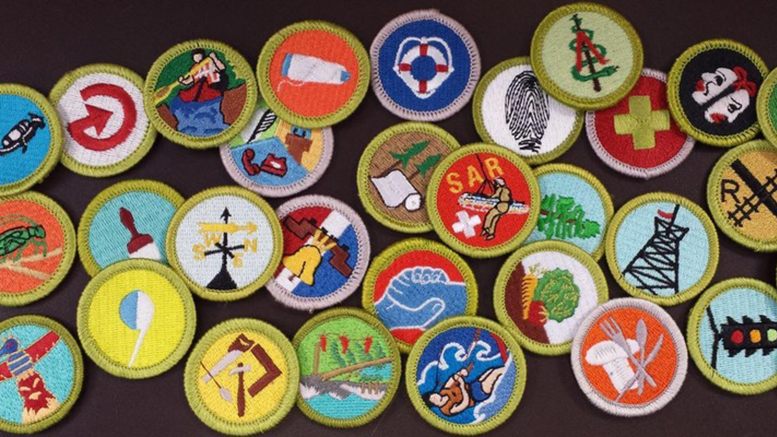Bart Gledhill sees great potential for Advanced Technological Education (ATE) initiatives to help in STEM career recruitment efforts and highlight the science opportunities at two-year colleges by partnering with local Boy Scouts and Girl Scouts programs.
“It’s a win-win for everybody,” said Gledhill, co-principal investigator of Bio-Link who has been involved in Boy Scouts of America (BSA) since joining as a boy in the 1940s.
In addition to working as a local scout leader, Gledhill, a veterinarian and research biologist, serves on the national advisory committee for the Boy Scout’s STEM NOVA program. Bio-Link is the Next Generation National ATE Center for Biotechnology and Life Sciences hosted by City College of San Francisco.
The key for community college educators to connect with scouting programs in order to “break the perceived barrier for youth in STEM” is to tailor programming to scouts’ systems for earning badges and awards.
Previous projects
The National Science Foundation, which funds ATE projects and centers that focus on educating STEM technicians at associate degree-granting institutions, has previously funded multiple initiatives that involve local or national scout programs and other youth organizations to encourage STEM learning and pursuit of STEM careers.
One of those projects, the National Girls Collaborative Project, partnered with Girl Scouts of the United States of America. On-going activities from this project include The Connectory, a database of youth-oriented STEM education programs that college educators can use to promote their STEM programs and to network with youth organizations. (See “Fostering STEM connections for girls.”)
In a separate effort, BSA is expanding its STEM Scouts program for boys and girls in elementary, middle and high schools.
Based on his national and grassroots-level STEM recruitment efforts, Gledhill offers the following practical advice for two-year college educators who want to boost participation in their STEM education programs by involving scouts:
- Ask your staff members if they have been or are currently involved in scout organizations, and use anyone with this background to help lead the outreach effort.
- Call the local scout council. Councils employ personnel to coordinate region-wide activities with the volunteer scout leaders who work directly with elementary, middle and high school students.
- Convene a meeting to explain your STEM outreach activities and find out what could be tailored to fit scouts’ merit badge requirements.
- Work with local scout leaders to plan and promote college STEM education activities. Science-related merit badge procedures typically give scouts the choice of reading material, viewing a video, or doing some other independent work prior to attending a group activity that uses the scientific method, and then reporting to an adult about what they have learned.
- Participate in awarding scouts the merit badges they earn at the conclusion of the college’s STEM program.

Female robotics team members show younger girls how to drive robots during a National Girls Collaborative Project event at Tunxis Community College in Connecticut.
A plan in action
This winter Gledhill followed these steps for a robotics program he organized for the Mount Diablo Silverado Council. By posting information about it online and in the council’s newsletter, all 30 slots for the program were filled quickly. “It was tremendously successful,” Gledhill said.
When community college scientists host events like this it shows “the best of their colleges and the best of science.” Gledhill makes the case that when young people are actively engaged in doing the well-structured activities offered by ATE-funded projects and centers “they see science is a lot of fun. Not something to be worried about.”
AACC MentorLinks’ request for proposals from colleges seeking assistance to improve STEM technician programs and applications for mentors are available at AACC’s MentorLinks webpage. College proposals and mentor applications are due April 28.

